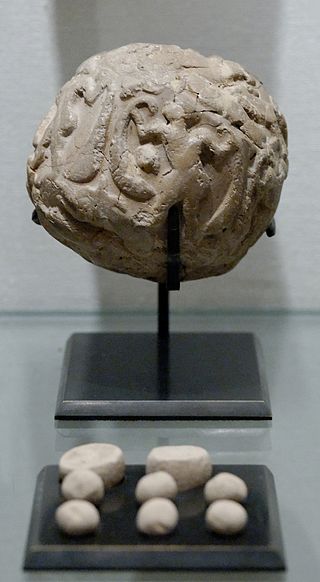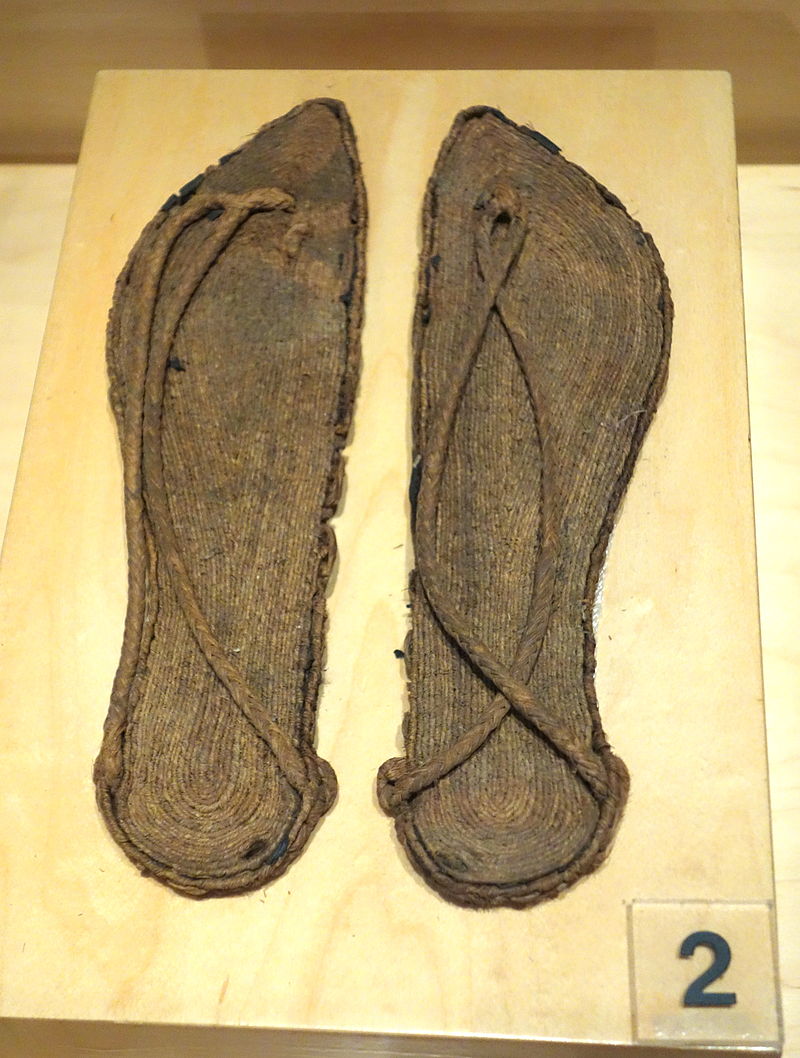When an anonymous "senior administration official" published an op ed in the
New York Times two weeks ago, he (or possibly they ) set off another firestorm in the current presidency. Countless articles and online posts have tried to identify the author(s) and the suspects range from Mike Pence to Dan Coates to Steve Bannon, and one even suggests Trump wrote it himself, which I seriously doubt.
Hand-writing analysis has been with us for even longer than the "forensic linguistics" that people are using to identify this writer. But there are stumbling blocks to the approach in this case. It's a small sample and we don't have anything else we can compare it to. We need another article on a similar subject of about the same length by each of the 100 (I love that!) suspects to make a meaningful decision.
The experts look at how certain words are used, how a writer punctuates and uses paragraphs, and many other clues. The good ones claim the science is almost as solid as DNA, but that may be pushing it. More than one expert has pointed out that we don't know how much the
Times altered words, phrasing or punctuation to bring the piece in line with its own style guides.
In any case, while there are writers who had a distinctive and usually recognizable style, such as Hemingway and Faulkner, both of whom had contests involving people writing a pastiche of their work, there are others who change style and voice often. Laura Lippman comes to mind. Some writers have been identified even when they use a pseudonym. Patrick Juola, presently at Duquesne University, used forensic linguistics to prove that J. K. Rowling wrote
The Cuckoo's Calling, even though the name on the book cover was Robert Galbraith. Gary Taylor boosted his reputation as a Shakespearean by identifying an unattributed (and not very good) poem to the Bard.
When I was still directing plays, I had a reputation as a minor-league expert on Shakespeare. I have read most of the plays several times, acted in a dozen of them, and directed still others. While teaching, I assigned fourteen different plays at one time or another.
In 1990, Charles Hamilton published a text that he claimed was Shakespeare's lost play
Cardenio, basing his conclusion on handwriting analysis, which is problematic because authorities argue over which of several samples really is Shakespeare's hand--if any of those samples we have really is his own. Hamilton said
The Second Maiden's Tragedy, credited to Thomas Middleton, was really the text of
Cardenio, possibly co-authored by Shakespeare and John Fletcher.
I read the play and disagreed. Thomas Middleton wrote a play called
The Witch, which Shakespeare borrowed heavily from for the witch scenes in Macbeth. Shakespeare and Fletcher collaborated near the end of Shakespeare's career, and
Cardenio--inspired by a section of
Don Quixote, which was published in English in 1612--didn't fit what Shakespeare was producing at that point. I say this as someone who devoured John Barton's and Cicely Berry's books on how Shakespeare used language because they helped me direct. So does the First Folio.
Cardenio was supposedly written between
The Tempest and
All Is True (Henry VIII), just after
The Winter's Tale and
Cymbeline. I've acted in and directed separate productions of
The Winter's Tale (about 20 years apart) and participated in two productions of
The Tempest. Compared to them, the language in
Cardenio is clumsy and immature. The cast is much smaller than in any of Shakespeare's other plays (remember, bit players often played several roles), and the structure is even more truncated than
Macbeth, which is complete but always feels like something's been cut. Even on his own, John Fletcher was better than this. So was Kit Marlowe. So were the Earl of Oxford, the Earl of Derby and Francis Bacon.
Truthfully, the authorship is fine topic for yet another graduate thesis, but I don't care who wrote the plays as long as good directors and actors continue to perform them for the rest of us.
Same with the
New York Times op ed.
I don't care as much about who wrote the piece as I do about the admission that the White House staff is undermining Trump's actions out of self-interest instead of taking the appropriate steps to invoke the 25th Amendment for the Greater Good.










